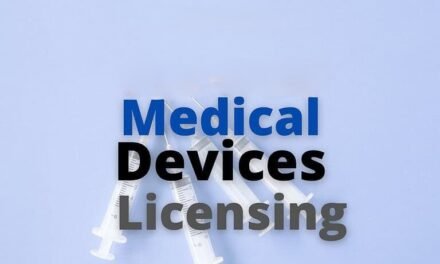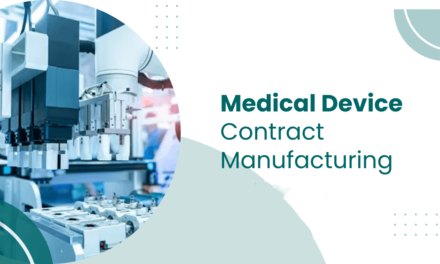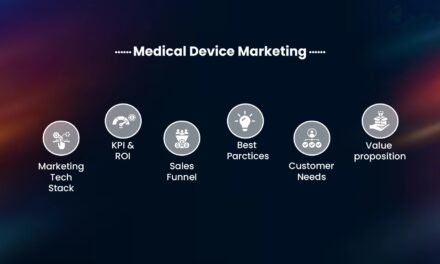
What technologies and equipment do you use for Medical Device manufacturing?

In the manufacturing of medical devices, various advanced technologies and equipment are used to ensure precision, efficiency, and compliance with stringent regulatory standards. Here’s an overview of the key technologies and equipment typically employed in the industry:
1. Computer-Aided Design (CAD) Software
- Usage: CAD software is crucial for the design and prototyping of medical devices. It allows for detailed modeling and simulation of device components and assemblies.
- Examples: Popular CAD software includes SolidWorks, Autodesk Inventor, and Creo.
2. Computer-Aided Manufacturing (CAM) Software
- Usage: CAM software is used to translate CAD models into machine-readable instructions for automated equipment, streamlining the manufacturing process.
- Examples: Mastercam and HyperMill are widely used CAM solutions.
3. 3D Printing (Additive Manufacturing)
- Usage: 3D printing is extensively used for prototyping, tooling, and even production of final medical device components, especially for complex geometries or customized implants.
- Technologies: Selective Laser Sintering (SLS), Stereolithography (SLA), and Direct Metal Laser Sintering (DMLS) are common additive manufacturing methods.
4. CNC Machining
- Usage: CNC machines provide high precision and flexibility for producing medical device components from a variety of materials.
- Equipment: CNC mills, lathes, and routers are employed to fabricate both metallic and non-metallic parts.
5. Injection Molding
- Usage: For mass production of plastic components, injection molding is essential. It offers high efficiency and consistency for producing high volumes.
- Equipment: High-precision injection molding machines are used, often with computer control, to ensure consistent quality.
6. Laser Cutting and Engraving
- Usage: Laser cutting is used for the precise cutting of materials like metals, plastics, and ceramics. Laser engraving can be used for marking components with serial numbers or other identifiers.
- Equipment: Laser cutters and engravers that can handle various material types and thicknesses.
7. Sterilization Equipment
- Usage: Sterilization is critical in medical device manufacturing to ensure products are free from microbial contamination.
- Technologies: Autoclaves (for steam sterilization), ethylene oxide (EtO) gas sterilizers, and radiation sterilization equipment are commonly used.
8. Clean Rooms
- Usage: Many medical devices, particularly implants and surgical instruments, must be manufactured in a cleanroom environment to control particulate contamination and ensure sterility.
- Specifications: Clean rooms are classified based on the cleanliness level of the air, with ISO 14644-1 being a common standard.
9. Quality Control Instruments
- Usage: Quality control is paramount in medical device manufacturing. Various instruments are used to inspect and ensure that components meet all specifications.
- Equipment: Coordinate Measuring Machines (CMMs), optical inspection systems, and various metrology tools.
10. Packaging Equipment
- Usage: Proper packaging is crucial for protecting the medical devices during storage and transport, as well as maintaining sterility.
- Equipment: Automated packaging lines, sealers, and labeling machines.
11. Assembly Equipment
- Usage: Automated and semi-automated assembly lines are used to assemble complex medical devices with high precision and repeatability.
- Equipment: Robotic assembly systems, dispensing systems for adhesives or coatings, and welding equipment for joining parts.



























